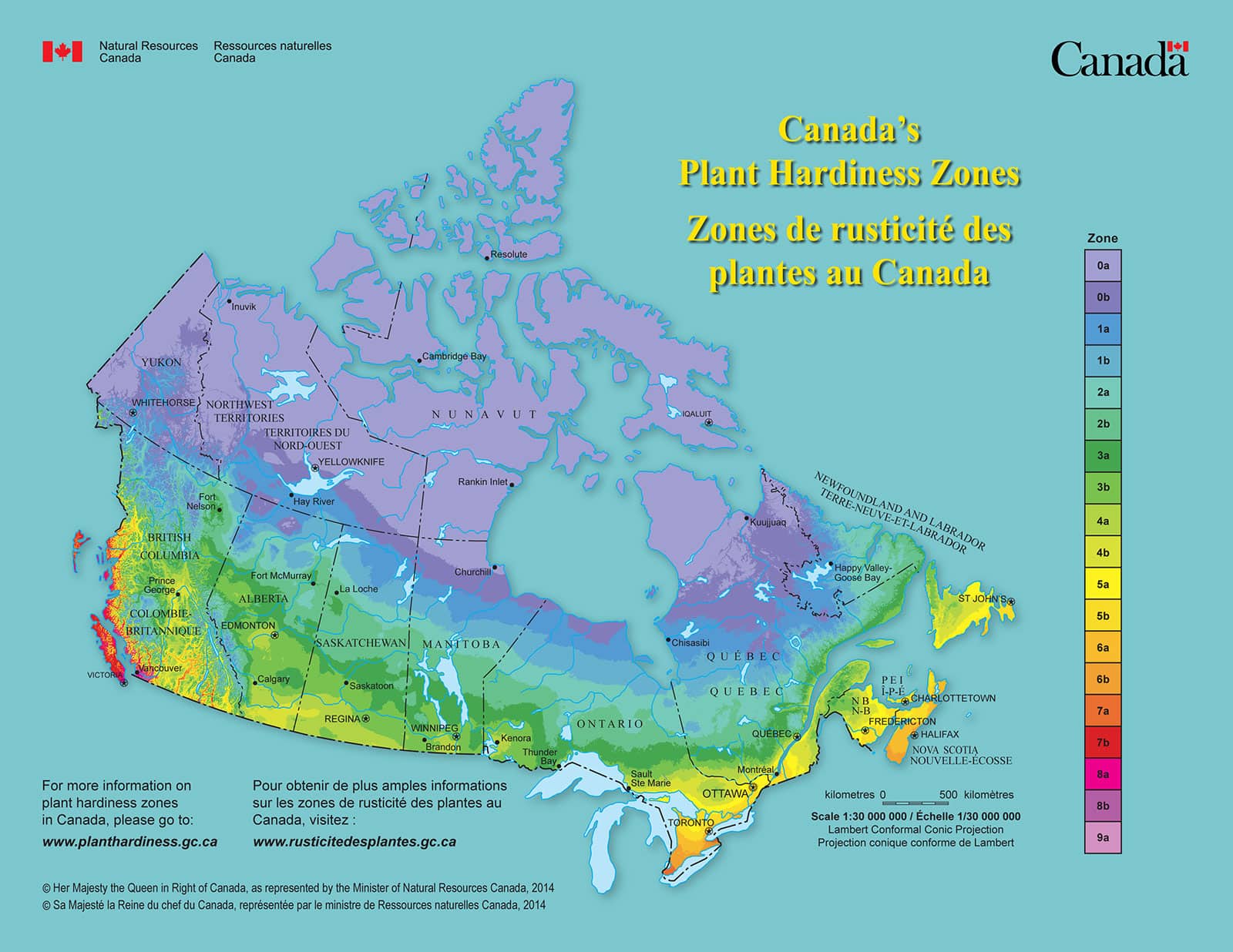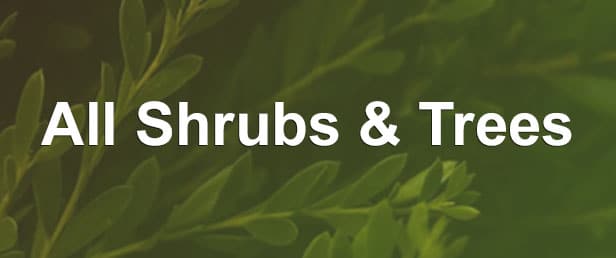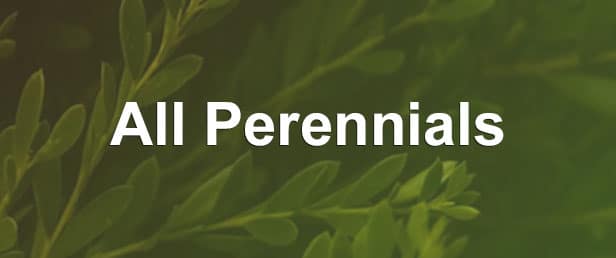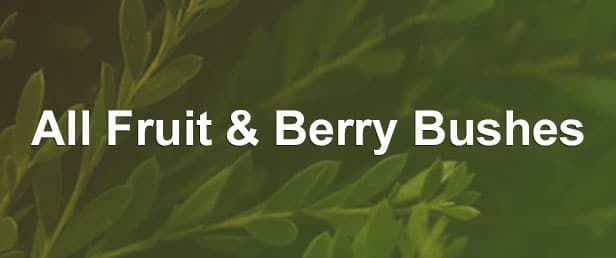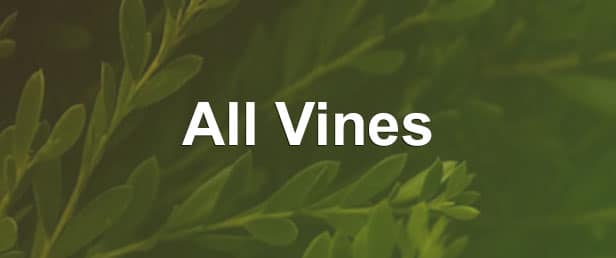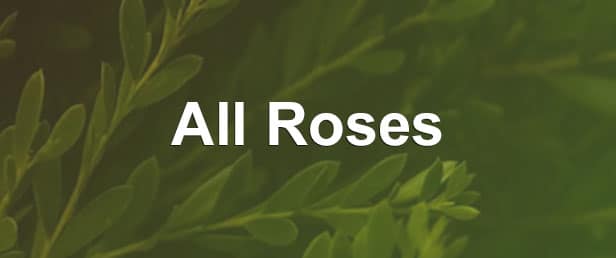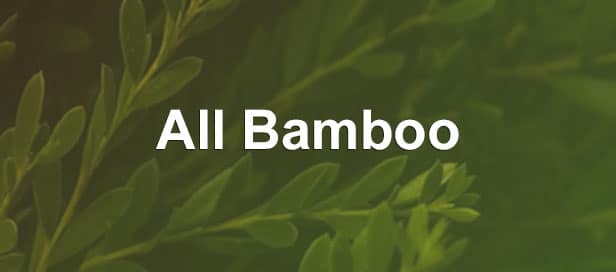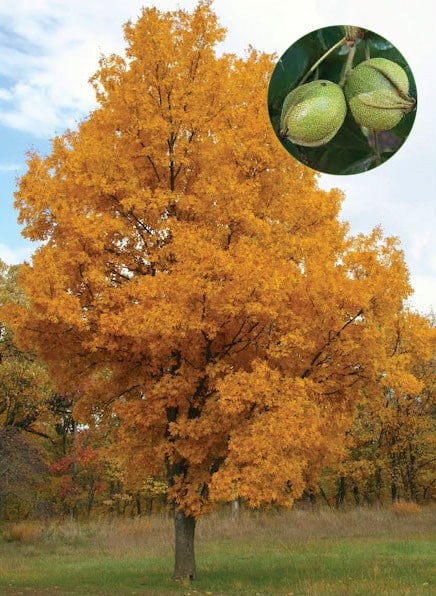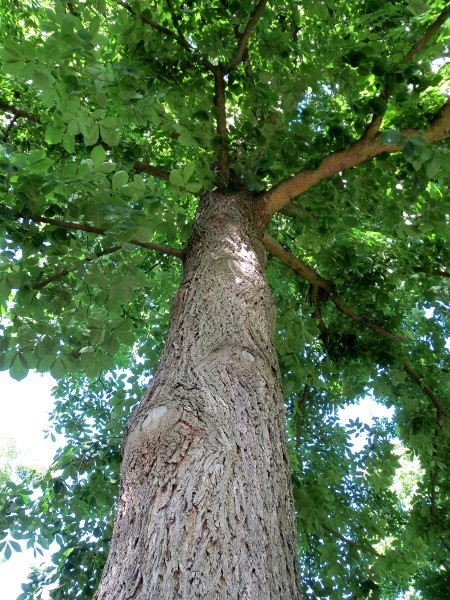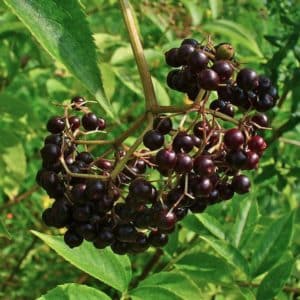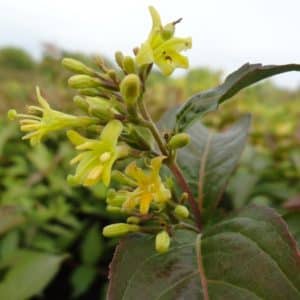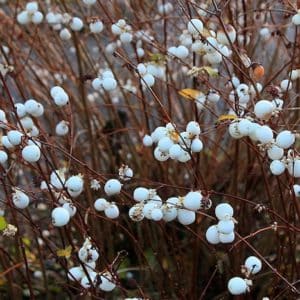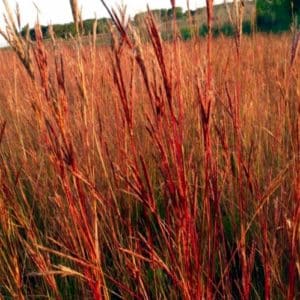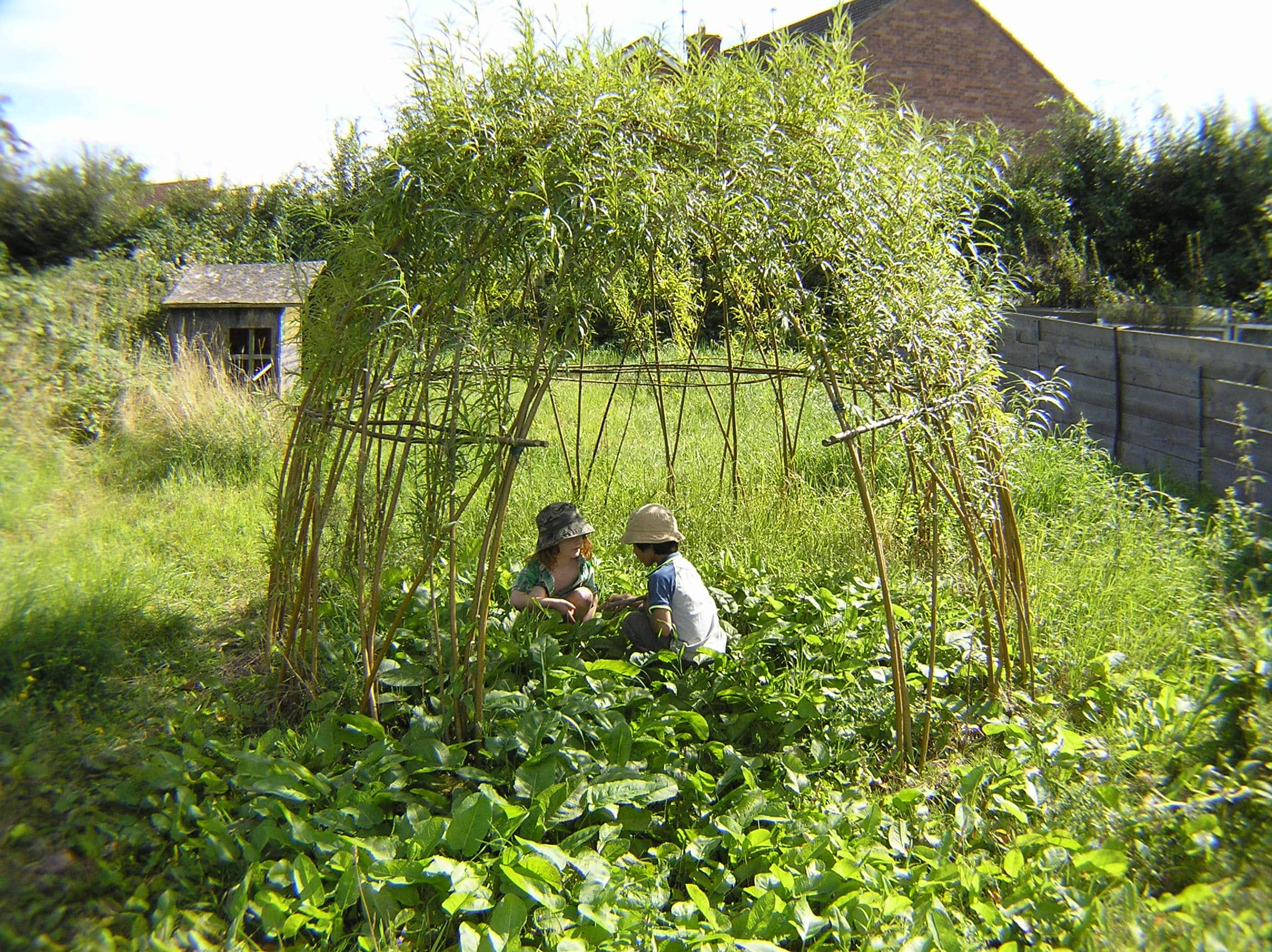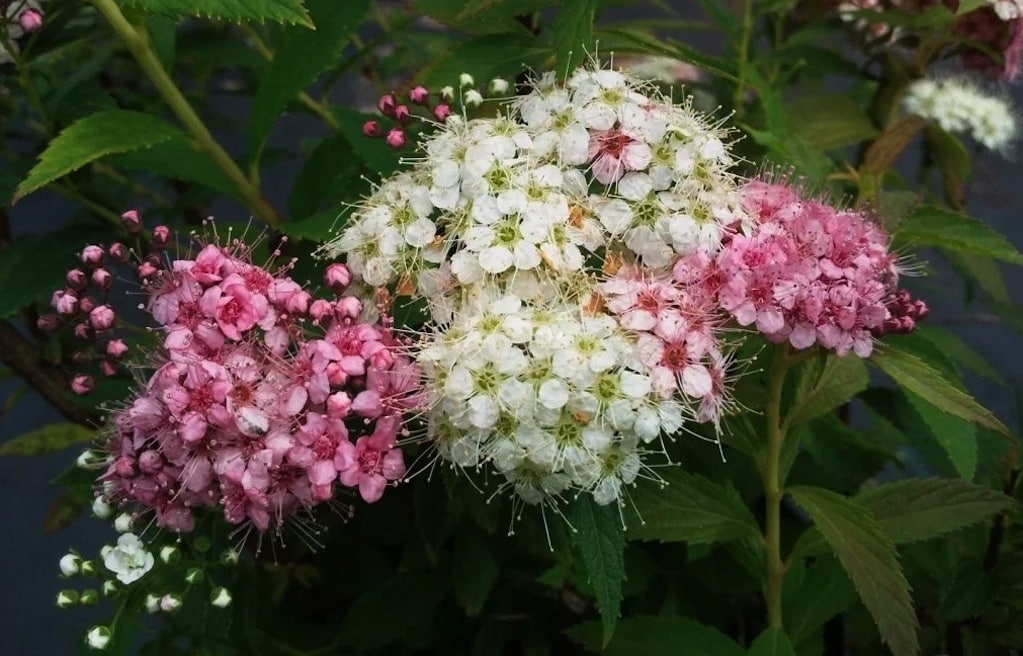
Carya cordiformis
Bitternut Hickory, Swamp Hickory
- Main interest:
- native, slow-growing, long-lived, yellow leaves in the fall, tolerates wet areas
- Exposure:
- full sun to partial shade
- Soil humidity:
- moist to wet soil
- Flower colour:
- green
- Fragrance:
- Non-fragrant
- Flowering period:
- May
- Foliage:
- green
- USDA Hardiness:
- zone 4a: -34.5 °C (-30 °F) View Zone Map
- Mature height & width (max.):
- height: 80 ft (24 m) width: 50 ft (15 m)
- Use:
- specimen, mass planting, riparian soil stabilization, naturalization, low woods, river bottoms along streams, ponds and slope, beneficial to wildlife
Bitternut Hickory is a large, long-lived deciduous tree, native to Eastern Canada. The leaves are compound with 5-9 leaflets, light green, and turn yellow in the fall. This monoecious tree produces long green catkins in mid-spring. Its hard-shelled nuts are bitter, and inedible to humans. This tree is most valuable for naturalization, and riparian soil stabilization. It is native, provides food and habitat to wildlife, and tolerates wet conditions.
Once established, Bitternut Hickory aslo known as the Swamp Hickory, makes an excellent shade tree to cool down under during hot summer days. However, they can be messy in residential, and urban setting because of the abundance of hard nuts that they drop. This tree grows quite large (50 to 80 feet tall with a trunk of 12 to 30" diameter) and needs plenty of space. Carya cordiformis grows best in moist to wet soil so plant in an area that receives plenty of natural water.
Recognized from other hickories by it striking yellow buds, hence antoher common name, "Yellow-bud Hickory". It is considered the best hickory for smoking meats. The tree doesn't usually produce nuts until it is 25-30 yrs old. Heavy crops shoud be expected only every 3-5 years.
$17.99 $12.99
- Main interest:
- native, slow-growing, long-lived, yellow leaves in the fall, tolerates wet areas
- Exposure:
- full sun to partial shade
- Soil humidity:
- moist to wet soil
- Flower colour:
- green
- Fragrance:
- Non-fragrant
- Flowering period:
- May
- Foliage:
- green
- USDA Hardiness:
- zone 4a: -34.5 °C (-30 °F) View Zone Map
- Mature height & width (max.):
- height: 80 ft (24 m) width: 50 ft (15 m)
- Use:
- specimen, mass planting, riparian soil stabilization, naturalization, low woods, river bottoms along streams, ponds and slope, beneficial to wildlife
Synonym(s): Juglans cordiformis
Also known as: Yellow-bud Hickory, North American Bitternut


